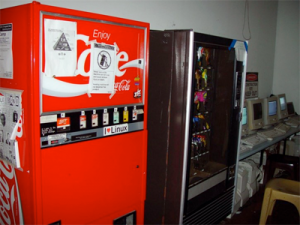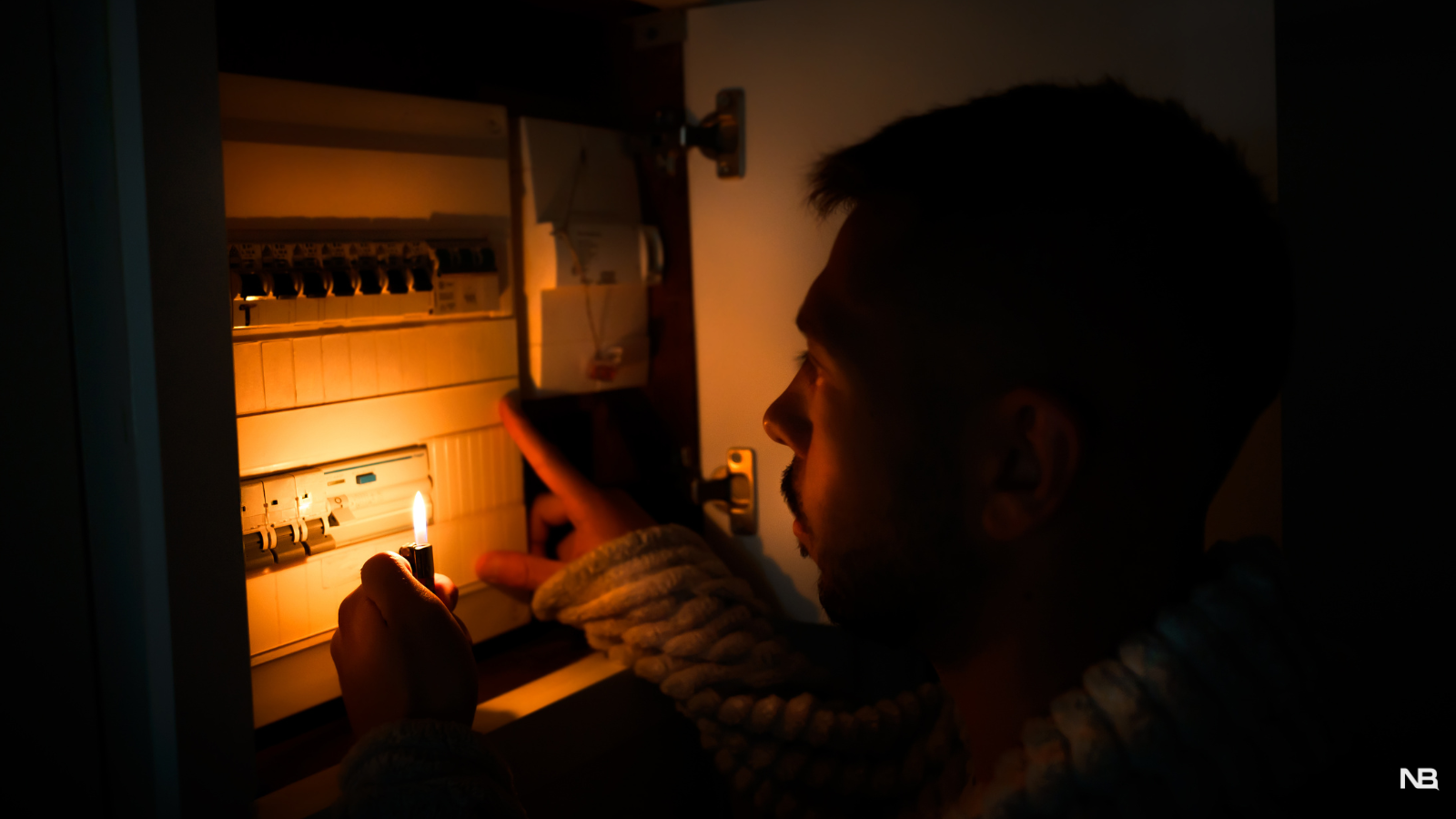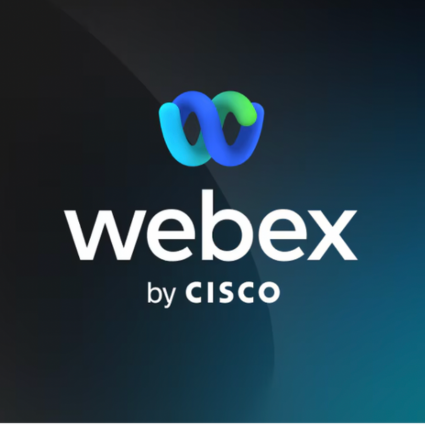The age when nearly everything in your house has an IP address could be upon us in the relatively near future. You’ll soon be able to leave temperature management to your smart thermostat, watering your yard to your smart sprinkler system, and be able to track and manage everything from your smartphone. Forget to turn off your stove? Your stove will figure out that you’ve left for work and turn itself off for you. It will then chastise you via text message.

was an internet coke machine
developed by four students
at Carnegie Mellon University:
Mike Kazar, David Nichols,
John Zsarnay, and Ivor Durham.
Distributed network monitoring operates on a similar wavelength – small agents deployed throughout an enterprise network constantly collect data and can give you the big picture and tell you when something goes wrong.
Cheap computers and sensors, as well as the ubiquity of internet access, is making the Internet of Things possible, and making networking monitoring more effective and capable. So what’s so significant about these things?
The Importance of Data
Today computers—and, therefore, the Internet—are almost wholly dependent on human beings for information. Nearly all of the roughly 50 petabytes (a petabyte is 1,024 terabytes) of data available on the Internet were first captured and created by human beings—by typing, pressing a record button, taking a digital picture, or scanning a bar code. Conventional diagrams of the Internet … leave out the most numerous and important routers of all – people. – [Kevin Ashton, “That ‘Internet of Things’ Thing”, RFID Journal, July 22, 2009]
The significance lies in the automation of data gathering, shifting the role from humans to machines and sensors. Humans are certainly perceptive, but they aren’t always accurate or even articulate. A human user of an enterprise network wouldn’t be able to tell you about specific network issues like intermittent outages or sluggish HTTP response time – they’ll tell you that it’s broken or that it’s slow. Data consisting of vague descriptors like “broken” or “slow” isn’t very helpful.
However, a connected network of devices (or network monitoring agents) can gather the necessary data to create an accurate, human-readable picture of the situation. A network monitoring agent can tell you that the cloud app server response has slowed down by this much, when the slowdown started, and other specific details that will more quickly lead you to the source of the problem. Smart kitchen appliances can keep track of their own energy consumption, and smart light bulbs know how long they are turned on. This automatically gathered data can give you precise information on how much energy you’re really using.
IoT Things that Improve our Life
If we had computers that knew everything there was to know about things—using data they gathered without any help from us—we would be able to track and count everything, and greatly reduce waste, loss and cost. We would know when things needed replacing, repairing or recalling, and whether they were fresh or past their best. – [Kevin Ashton, “That ‘Internet of Things’ Thing”, RFID Journal, July 22, 2009]
If humans want to reduce their energy bills, they can do things like turn the heat down or get better at remembering to turn the lights out. They don’t know how much less energy they used until the next bill arrives.
Likewise, distributed network monitoring improves the way an IT department manages a network infrastructure. Network agents act as the thermostats of your network and provide real-time availability and performance data from all the enterprise locations. With this real-time data IT can improve response to network faults and degradation issues without waiting for users to call the help desk and complaining about application or network slowness.
How IoT is Changing the World
The Internet of Things has the potential to change the world, just as the Internet did. Maybe even more so. – [Kevin Ashton, “That ‘Internet of Things’ Thing”, RFID Journal, July 22, 2009]
It is clear that the Internet of Things is changing the world where we live, connecting any possible appliance at our homes to the network and enabling their remote control and automation.
The Internet was conceived and designed as a robust and fault-tolerant system, and for this reason, redundancy and decentralization were two requirements. However, there is another requirement that had been difficult to achieve before distributed network monitoring: autonomy. To make the Internet really robust, it should be able to autonomously heal and repair without relying on feedback and actions from network operators. Distributed network monitoring provides all the data necessary that the network can use to address failures or performance degradation issues. The future will be integration between distributed network monitoring solutions and network hardware that will lead to a higher degree of network automation and independence from human support.
I would very much like to hear your thoughts and opinions on this. Feel free to comment below.
[Thanks to Allison Jones for contributing to this article]





